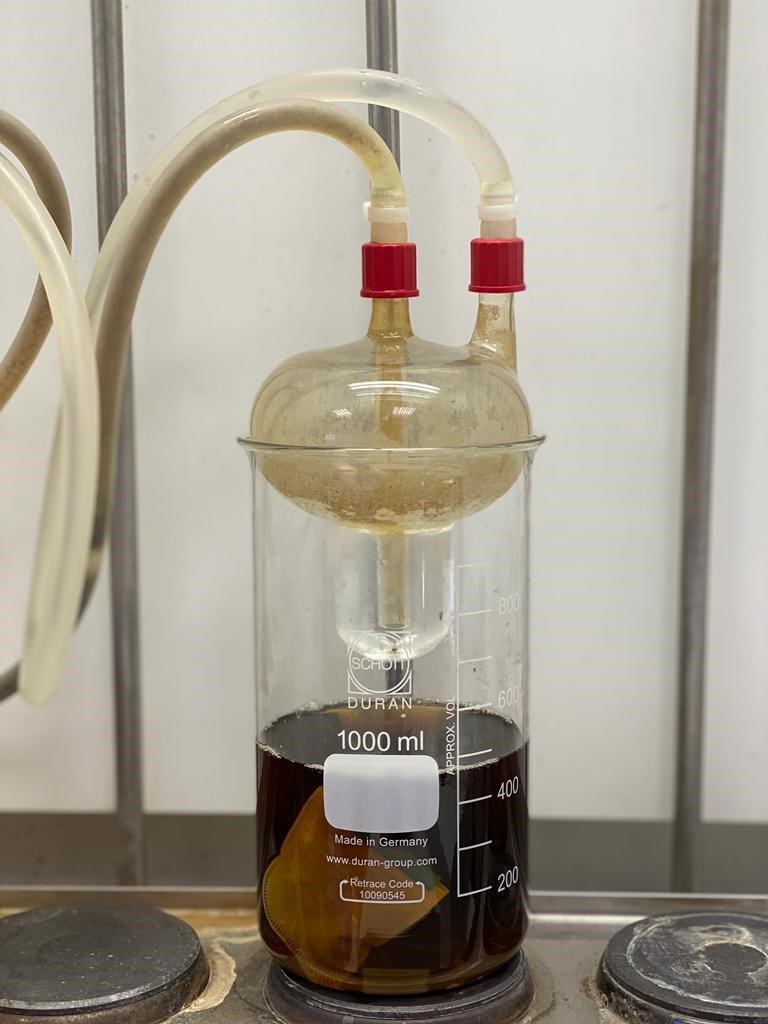Development and validation of the Van Soest method in potential feedstocks at Inno Lab, Belgium
By Hellen Luisa de Castro e Silva, ESR 5
Feedstocks contain different proportions of hemicellulose, cellulose and lignin, according to growth conditions and maturation process. These polymers form structures called “microfibrils”, and contribute to the structural stability in the plant cell wall of these materials. In general, the digestion of these polymers varies according to the following order: hemicellulose > cellulose > lignin, which will influence on the microbial hydrolysis, and thus on bioconversion efficiency of organic matter into biogas.
The Van Soest method has been primarily used to determine the hemicellulose, cellulose in animal feeding stuffs according to the ISO 13906:2008. However, Inno Lab - a corporate spin-off from Ghent University located in Oostkamp (Belgium), has adapted this methodology to determine these fractions in potential feedstocks, such as maize and grass silages. As stated by previous researches, these material contribute to increase the biogas yields in anaerobic co-digestion plants. The innovation of these analyses consists in using fiber filter bags into Berzelius beakers, saving time and decreasing the reagent consumption.

The internship of Hellen L. de Castro e Silva (ESR-5) was based on the determination of the Neutral detergent fiber (NDF) and Acid detergent fiber (ADF). The NDF used a neutral detergent solution, resulting in a fibrous residue composed by cellulose, hemicellulose, and lignin. The ADF used a cationic detergent solution, which also resulted in a fibrous residue, but mainly containing cellulose and lignin fractions. A good test re-test reliability was obtained to the grass silages for NDF and ADF analyses, whereas this goal was just achieved to NDF analysis of maize silages. Other feedstocks will still be used to completely validate this method at this eco processing laboratory and further researches could investigate if a possible correlation between these fractions of potential materials, and biogas yields could be achieved.
